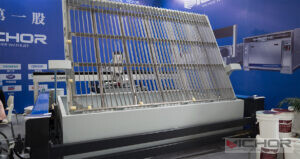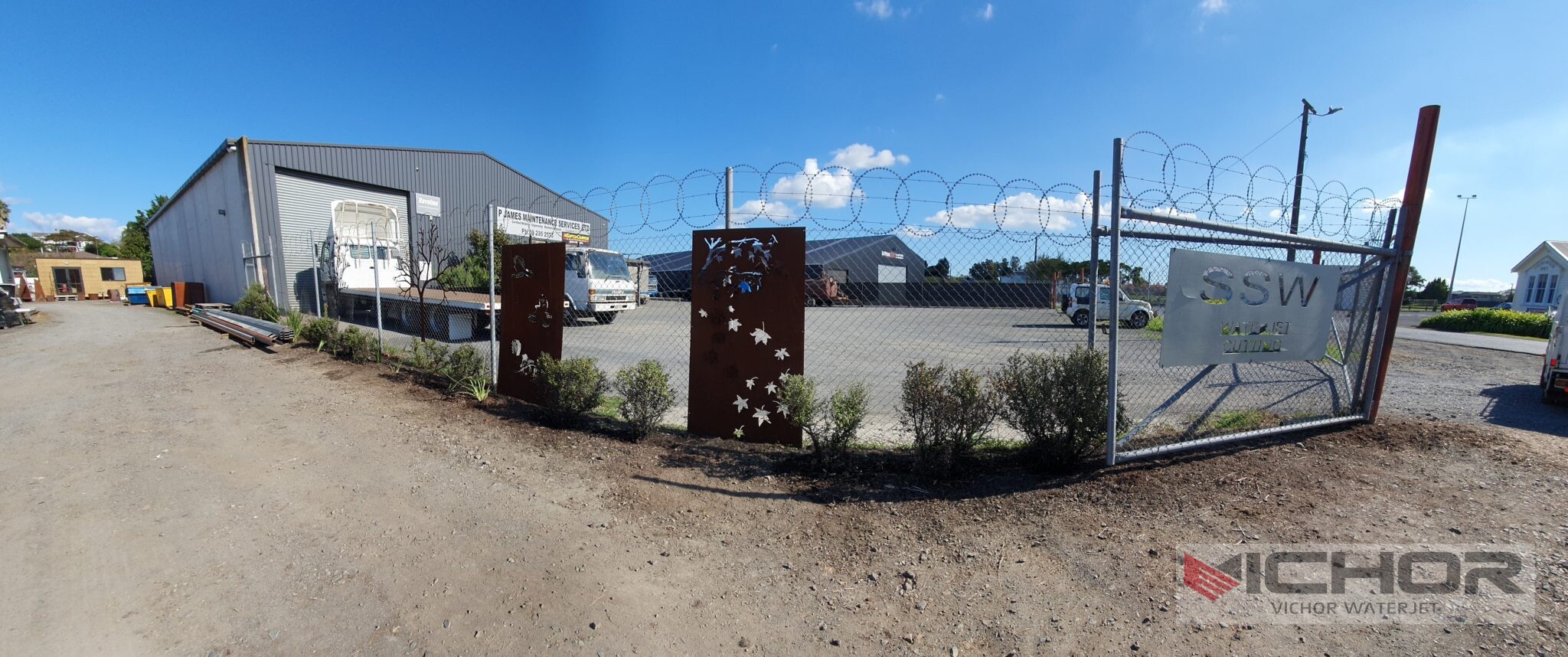
7 Ways a Water Jet Lathe Transforms Complex Part Machining
Imagine cutting through six inches of solid titanium with the same ease as slicing through butter. Now, imagine doing it with a stream of water, no heat, and unparalleled precision. This isn’t science fiction; it’s the reality of advanced manufacturing, powered by the water jet lathe. While the term might sound like a contradiction, it represents a revolutionary hybrid approach that is solving some of the industry’s most stubborn challenges. Forget the limitations of traditional machining; we’re entering an era where the cold, pure power of water redefines what’s possible. This article dives deep into seven transformative ways this technology is reshaping the fabrication of complex parts, offering capabilities you simply can’t find anywhere else.
Demystifying the “Water Jet Lathe” – It’s Not What You Think
First, let’s clarify the terminology. A pure “water jet lathe” in the traditional sense—where a workpiece spins while a waterjet cutter acts as the tool—is a specialized and rare machine. More commonly, the term refers to a highly advanced 5-axis waterjet cutting system that performs the functions of a lathe for specific, complex tasks. Instead of a spinning workpiece and a stationary tool, the cutting head itself maneuvers around a stationary or slowly indexed part at every conceivable angle. This “omni-directional” cutting capability allows it to create intricate features, bevels, and contours on cylindrical and spherical objects that would typically require a lathe, a mill, and multiple setups. For the purpose of this article, we will explore this powerful and prevalent interpretation of the technology.
The Core Principle: Harnessing the Power of Abrasive Waterjet Cutting
At the heart of every water jet lathe system is abrasive waterjet technology. The process is deceptively simple yet extraordinarily powerful:
Intensifier Pump: An ultra-high-pressure pump pressurizes ordinary water to an astounding 60,000 to 90,000 PSI.
Stream Formation: This pressurized water is forced through a tiny gemstone orifice (often made of diamond or sapphire), creating a supersonic stream.
Abrasive Integration: In the mixing tube, this pure water jet is combined with a stream of hard, granular abrasive material, typically garnet.
Micro-Erosion Cutting: The resulting abrasive waterjet exits the nozzle at speeds over twice the speed of sound, eroding the material through a micro-sandblasting action.
This cold-cutting process is what gives the water jet lathe its unique advantages over thermal-based tools like lasers or plasma cutters.
Unmatched Advantage #1: The “Cold Cut” with Zero Heat-Affected Zone (HAZ)
The single most significant benefit of using a water jet lathe is the complete absence of a Heat-Affected Zone (HAZ). Thermal processes like laser, plasma, and oxy-fuel cutting generate intense heat, which alters the material’s metallurgical structure along the cut edge. This can cause:
Hardening and embrittlement
Warping and thermal stress
Changes in material properties
A water jet lathe eliminates these concerns entirely. Since the material is eroded away mechanically with cold water and abrasive, the structural integrity of the part remains pristine. This is absolutely critical for machining materials that are sensitive to heat, such as certain aluminum alloys, tempered steels, and exotic metals, ensuring the final part performs exactly as engineered.
Unmatched Advantage #2: Omni-Directional Machining for True 3D Geometry
This is where the “lathe-like” capability truly shines. A 5-axis water jet lathe system features a cutting head that can tilt and rotate dynamically. This allows the jet to approach the workpiece from any angle, not just vertically. Imagine a large, thick-walled pipe that needs precisely beveled ends for welding, along with a series of contoured holes and slots along its curved surface. A traditional lathe would struggle with the off-axis features, requiring multiple machines and complex fixturing. A water jet lathe can complete the entire job in a single setup, programming the head to maintain a perfect perpendicular relationship to the complex surface throughout the entire cut.
Unmatched Advantage #3: Machining Any Material Under the Sun
Versatility is a hallmark of the water jet lathe. Its mechanical cutting action is largely indifferent to a material’s properties. Whether a material is electrically conductive or not, reflective or transparent, hard or soft, the water jet lathe can handle it. This opens up a world of possibilities:
Metals: Titanium, Inconel, tool steel, aluminum, copper, brass.
Composites: Carbon fiber, Kevlar, fiberglass—without fraying or delaminating.
Stone & Glass: Intricate designs in marble, granite, and bulletproof glass.
Laminates & Plastics: Without melting or producing harmful fumes.
This “one-tool-for-all-materials” approach drastically reduces the need for investing in and maintaining multiple, specialized machining centers.
Unmatched Advantage #4: Unparalleled Precision and Edge Quality
Modern water jet lathe systems are CNC-controlled with exceptional accuracy. They can achieve tolerances within +/- 0.003 inches (0.076 mm) and, with advanced control software, even tighter. The edge quality, known as “kerf,” is smooth and consistent. Furthermore, by slightly tilting the cutting head (a technique known as taper compensation), the system can produce near-perfectly square edges, even on very thick materials. This level of precision is essential for parts that must mate perfectly in high-stakes assemblies, such as in aerospace, defense, and energy sectors.
Unmatched Advantage #5: Environmental and Operational Benefits
Operating a water jet lathe is an environmentally friendlier and often safer process compared to alternatives.
No Harmful Fumes: Unlike plasma or laser cutting metals, there is no generation of toxic fumes or vapors, improving workshop air quality.
Reduced Fire Hazard: The use of water eliminates the risk of fire, which is a significant concern when cutting flammable materials like certain composites or using laser systems.
Material Efficiency: The narrow kerf of the waterjet stream minimizes material waste. Nesting software can arrange parts extremely close together, maximizing yield from expensive raw materials.
Water Recycling: Many systems can be equipped with water recycling units, significantly reducing water consumption over time.

Is a Water Jet Lathe the Right Tool for Your Project?
The water jet lathe is not a universal replacement for every machining task. It excels in scenarios involving:
Thick materials (over 1 inch / 25 mm).
Heat-sensitive or exotic materials.
Complex 3D contours and compound bevels on pre-formed parts.
A wide variety of materials processed on a single platform.
It may be less optimal for high-volume production of simple, small parts where a traditional lathe or mill would be faster, or for applications requiring a mirror-finish surface straight off the machine.
The water jet lathe, in its modern 5-axis incarnation, is more than just a cutting tool; it’s a paradigm shift in subtractive manufacturing. By combining the brute-force capability of abrasive waterjets with the sophisticated maneuverability of 5-axis CNC control, it offers a unique set of advantages: cold-cutting, unparalleled versatility, and the ability to machine what was previously considered unmachinable in a single setup. For engineers and fabricators pushing the boundaries of design and material science, this technology is not just an option—it’s an indispensable solution for the most demanding challenges.
Frequently Asked Questions (FAQs)
Q1: How does a water jet lathe differ from a traditional metal lathe?
A1: A traditional metal lathe rotates the workpiece against a fixed, solid cutting tool to remove material via shear force. A water jet lathe typically keeps the workpiece stationary and uses a high-pressure, abrasive-laden water stream, maneuvered by a 5-axis head, to erode the material. The key differences are the lack of heat, the ability to cut virtually any material, and the capability to create complex 3D geometries without specialized tooling.
Q2: Can a water jet lathe achieve the same surface finish as a traditional lathe?
A2: Generally, no. A traditional lathe can produce a very fine, polished surface finish directly from the cutting tool. A water jet lathe produces a matte, satin-like finish characteristic of abrasive erosion. For applications requiring a fine finish, a secondary machining or polishing operation may be necessary after the primary shape is cut by the water jet.
Q3: What are the limitations on the thickness a water jet lathe can cut?
A3: A water jet lathe is exceptionally capable with thick materials. It can routinely cut through metals over 6 inches (150 mm) thick and even thicker non-metallic materials like stone or composites. The primary limitation is not penetration, but a phenomenon called “kerf taper,” where the cut is slightly wider at the top than the bottom, though this can be actively compensated for with advanced controls.
Q4: Is the operating cost of a water jet lathe high?
A4: The operational costs are comprised of water, electricity, abrasive garnet (a consumable), and routine nozzle maintenance. The abrasive cost is typically the most significant recurring consumable expense. However, this must be weighed against the savings from reduced secondary processing, eliminated heat treatment, higher material yield, and the versatility of running multiple materials on a single machine.
Q5: How is the precision of a water jet lathe controlled, especially on complex curves?
A5: Precision is achieved through sophisticated Computer Numerical Control (CNC) and servo motors. The machine’s software generates a toolpath that precisely controls the speed of the cutting head and its orientation (the A and C axes in a 5-axis system). For complex curves, the system constantly makes micro-adjustments to the head’s tilt and rotation to ensure the jet is always perpendicular to the workpiece surface, maintaining accuracy and optimal cut quality throughout the entire geometry.
continue reading
Related Posts
- 1349 words6.8 min read



